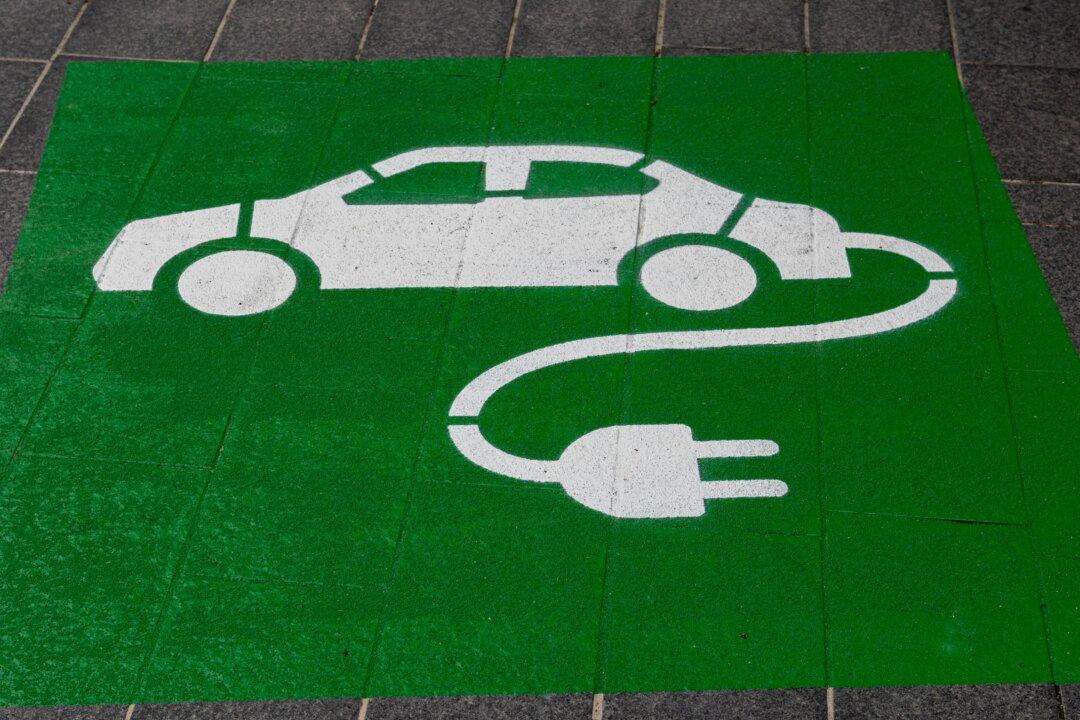Commentary
One of the sayings of Confucius that I appreciate most is “to know what you know ... and what you do not know ... that this is true knowledge.” This is why I have personally owned four electric vehicles (EVs) and have driven them tens of thousands of miles. I want to know everything the electric car transition, as it’s called, is about.
The transition is not going as fast as many predicted because of the headwinds of affordability (especially with higher interest rates fueled by inflation), range anxiety, and the lack of a convenient and reliable charging infrastructure. In this article, I will explore one of them: range anxiety. Promises by President-elect Donald Trump to eliminate EV subsidies would cause even more headwinds for the rate of EV adoption.
I believe the true definition of EV range anxiety has less to do with how far one can drive between charges and more to do with where the next charge is coming from. Improvements in battery chemistry will extend range and help reduce range anxiety to an extent but will not come close to eliminating it as some hope.
In 2023 the median driving range of an EV (battery electric vehicle) was
270 miles. The median driving range of a vehicle powered by an internal combustion engine (ICE) is 403 miles, or 133 miles more. With ICE, filling the gasoline tank to full, refueling with 50 miles of driving left, provides 353 miles of driving distance. With EVs, to maintain battery health, it is generally recommended to keep the battery between a 20 percent and 80 percent state of charge, which gives the average EV a driving distance of only 162 miles. This is less than half that of an average gasoline-powered vehicle. And to make things worse, battery range can decline from 10 percent to 36 percent or more in winter since battery capacity is closely associated with air temperatures. Gasoline-powered vehicle range reduction in cold weather is
considerably less.
Here are different levels of EV range anxiety as I perceive them. The level of range anxiety has more to do with where the next charge is coming from and less to do with how far one can drive between charging sessions.
Low level of range anxiety: Primarily charging at home, multiple vehicles in the driveway and including ICE, access to the convenient Tesla charging network, predictable driving routes.
Moderate level of range anxiety: Frequent charging at home, some charging at public stations, EV is the primary vehicle, some variability in driving routes.
High level of range anxiety: No home charging (do not own a home, live in an apartment, or home amperage is insufficient to install a level II charger), 100 percent of charging at public facilities, EV is the primary vehicle, variability in driving routes, no access to Tesla charging network.
Extreme level of range anxiety: No home charging, EV is the primary vehicle, variability in driving route, drive many miles, rural location with lack of access to public charging stations.
Bottom line: Increasing EV driving range between charges will only have some effect on reducing EV range anxiety. Improvements in public charging access and reliability and a reduction in the time needed to charge would have a greater effect than increasing how far one can drive between charges.
Access for non-Tesla electric vehicles to the convenient and reliable Tesla charging network would reduce range anxiety without an increase in the driving range between charges. However, surveys show that opening Tesla charging to non-Tesla owners has contributed to an overall
decline in satisfaction with public chargers.
Views expressed in this article are opinions of the author and do not necessarily reflect the views of The Epoch Times.



